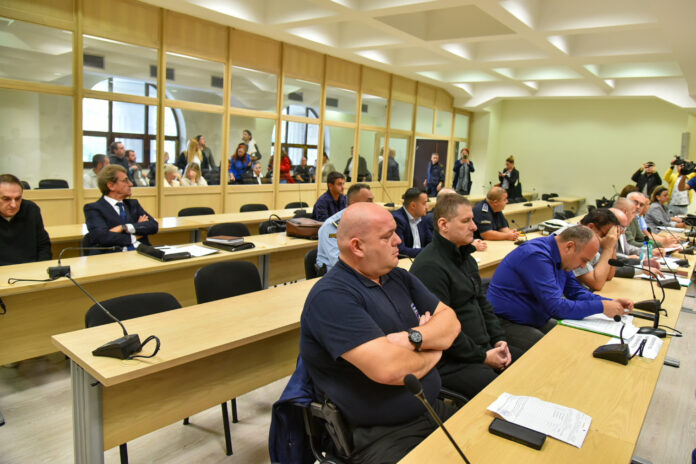Fed manager Jerome Powell begins his last year at the Central Bank

In exactly one year, in mid-May 2026, Fed chief Jerome Powell’s presidency expires. Formally, he can remain on the central bank as an ordinary member for almost three more years, but historically those who left the chairman club have also left the Fed completely.
But before he retires, Powell has to handle several heavy issues.
1. Political press
In the spring, Donald Trump indicated that he wants to remove Jerome Powell from the Fed Post, and stated as late as the end of April that it cannot happen soon enough. Just days later, however, he denied that he was thinking of Peta Fed boss.
Still, the press from the White House has continued. The sitting president has, among other things, described Powell as « a fool » and accused him of stopping the Fed from lowering the policy rate.
– He doesn’t love me. I think that’s why, that’s a crazy reason, Donald Trump said this week.
The criticism not only comes from the White House. Democratic Senator Elizabeth Warren, who has long been one of Jerome Powell’s biggest critics in Congress, recently made a common thing with Republican Rick Scott and raised a proposal that will increase Congress’s review power over the central bank.
A special working group in the House of Representatives conducts a review of the Central Bank’s work in the spring. However, Frank Lucas, the Republican leading the work, has indicated that stronger support may be needed to protect Fed’s independence.
2. Challenges in courts
The central bank’s independence has not been questioned in court yet, but several important cases that could undermine the legal protection of the Fed members are now looking through the US judicial system on its way to the Supreme Court.
These include two members at the Competition Authority FTC, which was petitioned earlier this year but who has drawn the Trump administration before the court to go the decision.
Their protests are based on a case from the mid-1930s, when the Supreme Court finally ruled that the president was not entitled to kick officials at independent authorities on any grounds other than those approved by Congress.
The statement is now being challenged 90 years later after several notable petitions by officials covered by the same protection-just like the Federal Reserve Members according to Daniel Tarullo, professor of law at Harvard University and former Fed member responsible for bank regulation.
3. Stagflation risks
Of course, at the top of the agenda is the uncertain economic situation. The latest step-up in the US and China trade conflict facilitates, but the Fed Manager has warned that both inflation and unemployment are risking risking.

It could create a situation where the central bank’s two goals – an inflation around 2 percent over time and maximum employment – are set against each other, even though Jerome Powell does not see such a situation yet.
« We have not been brought about that question in a very long time, » he said during a press conference in connection with the interest rate last week.
4. New inflation target
However, some economists already believe that the central bank was forced to prioritize between inflation and employment during the increase in inflation that took off in 2021, which could explain why the Fed acted late.
Already in March that year, one of the most important measures of the underlying inflation passed 2 percent, but it took another year before the Fed began to raise interest rates.
The central bank initially stuck that the rise of inflation was transient, a description that soon came to be harshly criticized.
Some economists believe that the slow action was due to the fact that since 2020, the Fed is aiming for inflation to be around 2 percent over time, which means that prices can rise more after a period of very low inflation. In addition, the central bank places a greater focus on promoting maximum employment, and that the interest rate should be guided by actual economic outcomes and not forecasts.

The latter seems to have led to the interest rate hikes being handled in the future despite the fact that the members already in 2021 considered that inflation became too high, according to Christina Roma, economics professor at Berkeley University and former head of President Barack Obama’s financial advice.
The Fed has itself initiated a review of the inflation target, and indicated that changes may be underway already this summer.





:format(webp)/s3/static.nrc.nl/images/gn4/stripped/data127274747-09b2a5.jpg)

